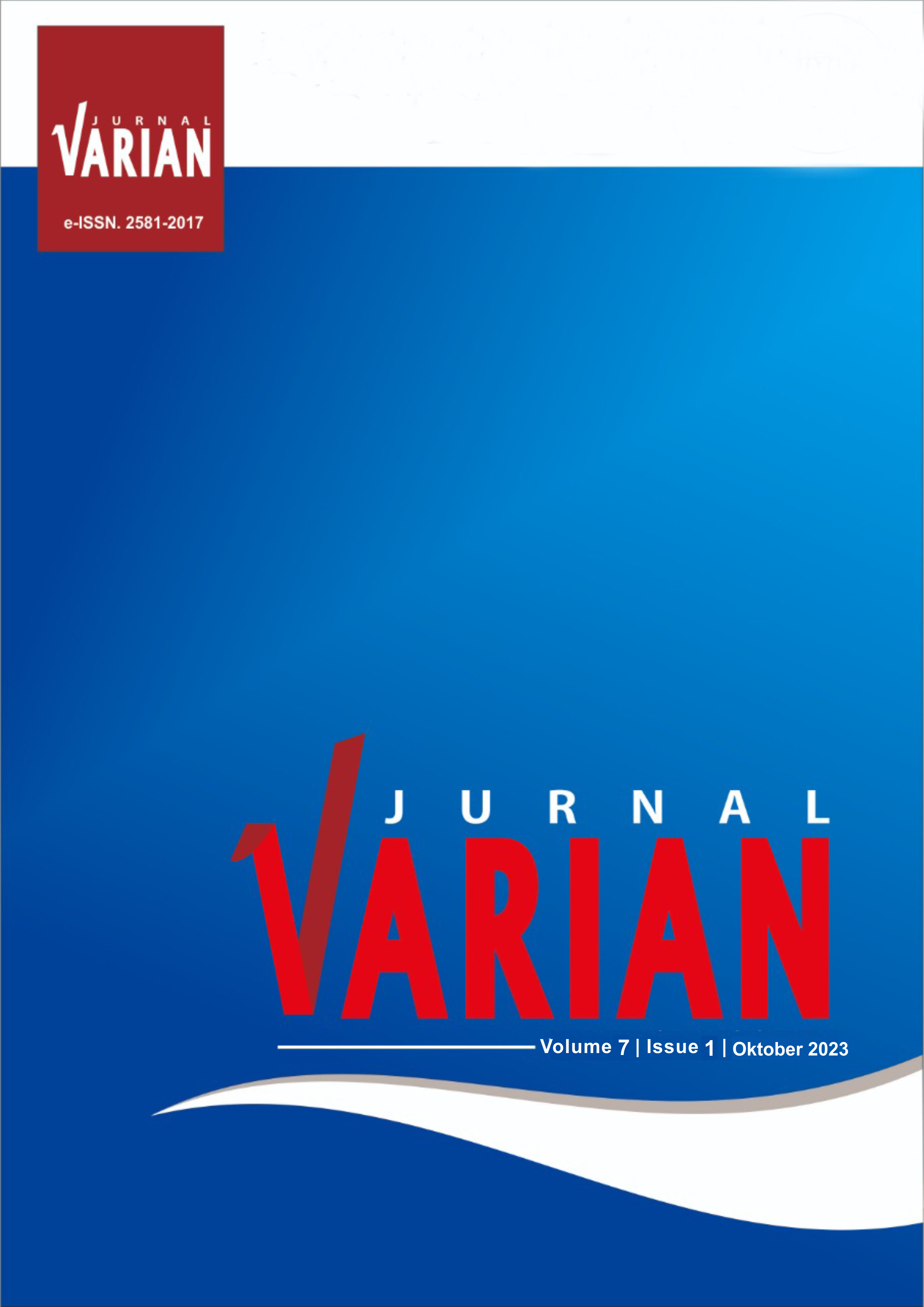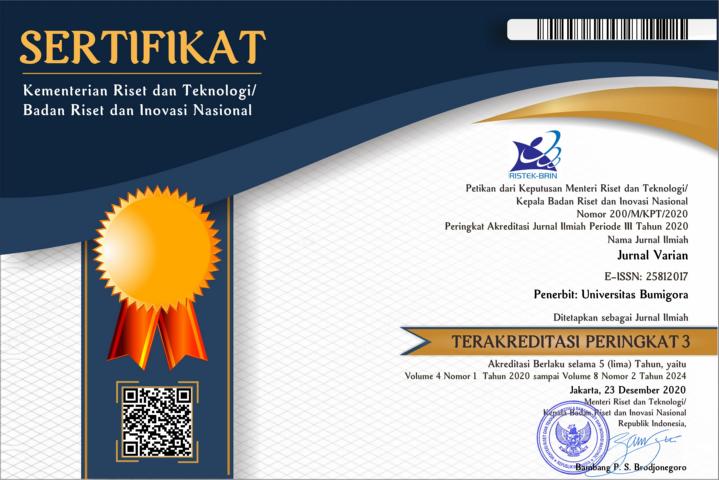Comparison K-Means and Fuzzy C-Means In Regencies/Cities Grouping Based on Educational Indicators
Abstract
Cluster analysis is an analysis that aims to classify data based on the similarity of specific characteristics. The methods used in this research are K-Means and Fuzzy C-Means (FCM). K-Means is a partition-based non-hierarchical data grouping method. FCM is a clustering technique in which the existence of each data is determined by the degree of membership. The purpose of this study is to classify regencies/cities in Kalimantan based on education indicators in 2021 using K-Means and FCM and find out which method is better to use between K-Means and FCM based on the standard deviation ratio so it can be used efficiently and effectively for decision making by the government to advance the level of education on the island of Kalimantan. Based on the results of the analysis, it's concluded that K-Means is the better method with the ratio of the standard deviation within a cluster against the standard deviation between clusters of 0.6052 which produces optimal clusters of 2 clusters, namely the first cluster consisting of 14 Regencies/Cities, while the second cluster consists of 42 Regencies/Cities in Kalimantan.
References
clustering in indonesia of the risk of the covid-19 pandemic based on covid-19 data. Quality & Quantity, 56(3):1283–1291.
https://doi.org/10.1007/s11135-021-01176-w.
Barakbah, A. R. and Arai, K. (2004). Determining constraints of moving variance to find global optimum and make automatic
clustering. In Proc. Industrial Electronics Seminar (IES), pages 409–413.
Direktorat Statistik Kesejahteraan Rakyat (2021). Statistik kesejahteraan rakyat.
Ghozali, I. (2016). Aplikasi Analisis Multivariete SPSS 23. Badan Penerbit Universitas Diponegoro.
Hidayatullah, K. H. et al. (2014). Analisis klaster untuk pengelompokan kabupaten/kota di provinsi jawa tengah berdasarkan indikator
kesejahteraan rakyat. Jurnal Statistika Universitas Muhammadiyah Semarang, 2(1). https://.26714/jsunimus.2.1.2014%25p.
Jang, J.-S. and Sun, C.-T. (1995). Neuro-fuzzy modeling and control. Proceedings of the IEEE, 83(3):378–406.
Jollyta, D., Ramdhan, W., and Zarlis, M. (2020). Konsep Data Mining Dan Penerapan. Deepublish.
Kakushadze, Z. and Yu, W. (2017). K-means and cluster models for cancer signatures. Biomolecular detection and quantification,
13:7–31. https://10.1016/j.bdg.2017.07.0001.
Kusuma, D. T. et al. (2015). Prototipe komparasi model clustering menggunakan metode k-means dan fcm untuk menentukan strategi
promosi: Study kasus sekolah tinggi teknik-pln jakarta. Jurnal TICom, 3(3). https://10.13140/RG.2.2.35612.08326.
Ls, D., Lesnussa, Y. A., Talakua, M. W., and Matdoan, M. Y. (2021). Analisis klaster untuk pengelompokkan kabupaten/kota
di provinsi maluku berdasarkan indikator pendidikan dengan menggunakan metode ward. Jurnal Statistika dan Aplikasinya,
5(1):51–60. https://doi.org/10.21009/JSA.05105.
Mahmudi, M., Goejantoro, R., and Amijaya, F. D. T. (2021). Perbandingan metode c-means dan fuzzy c-means pada pengelompokan
kabupaten/kota di kalimantan berdasarkan indikator ipm tahun 2019. EKSPONENSIAL, 12(2):193–200. https://doi.org/10.30872/
eksponesial.v12i2.814.
Nurmin, D., Hayati, M. N., and Goejantoro, R. (2022). Penerapan metode fuzzy c-means pada pengelompokan kabupaten/kota di
pulau kalimantan berdasarkan indikator kesejahteraan rakyat tahun 2020. EKSPONENSIAL, 13(2):189–196. https://doi.org/10.
30872/eksponensial.v13i2.1068.
Purnamasari, S. B., Yasin, H., and Wuryandari, T. (2014). Pemilihan cluster optimum pada fuzzy c-means (studi kasus: Pengelompokan kabupaten/kota di provinsi jawa tengah berdasarkan indikator indeks pembangunan manusia). Jurnal Gaussian, 3(3):491–
498. https://10.14170/j.gauss.3.3.491-498.
Putri, A. L. R. and Dwidayati, N. (2021). Analisa perbandingan k-means dan fuzzy c-means dalam pengelompokan daerah penyebaran covid-19 indonesia. Unnes Journal of Mathematics, pages 50–55.
Siregar, Y. (2016). Analisis perbandingan algoritma fuzzy c-means dan k-means. In Annual Research Seminar, volume 2, pages
151–155.
Suyanto, S. (2018). Machine learning tingkat dasar dan lanjut. Informatika Bandung.
Triyanto, W. A. (2015). Algoritma k-medoids untuk penentuan strategi pemasaran produk. Simetris: Jurnal Teknik Mesin, Elektro
dan Ilmu Komputer, 6(1):183–188. https://doi.org/10.24176/simet.v6i1.254.

This work is licensed under a Creative Commons Attribution 4.0 International License.


















